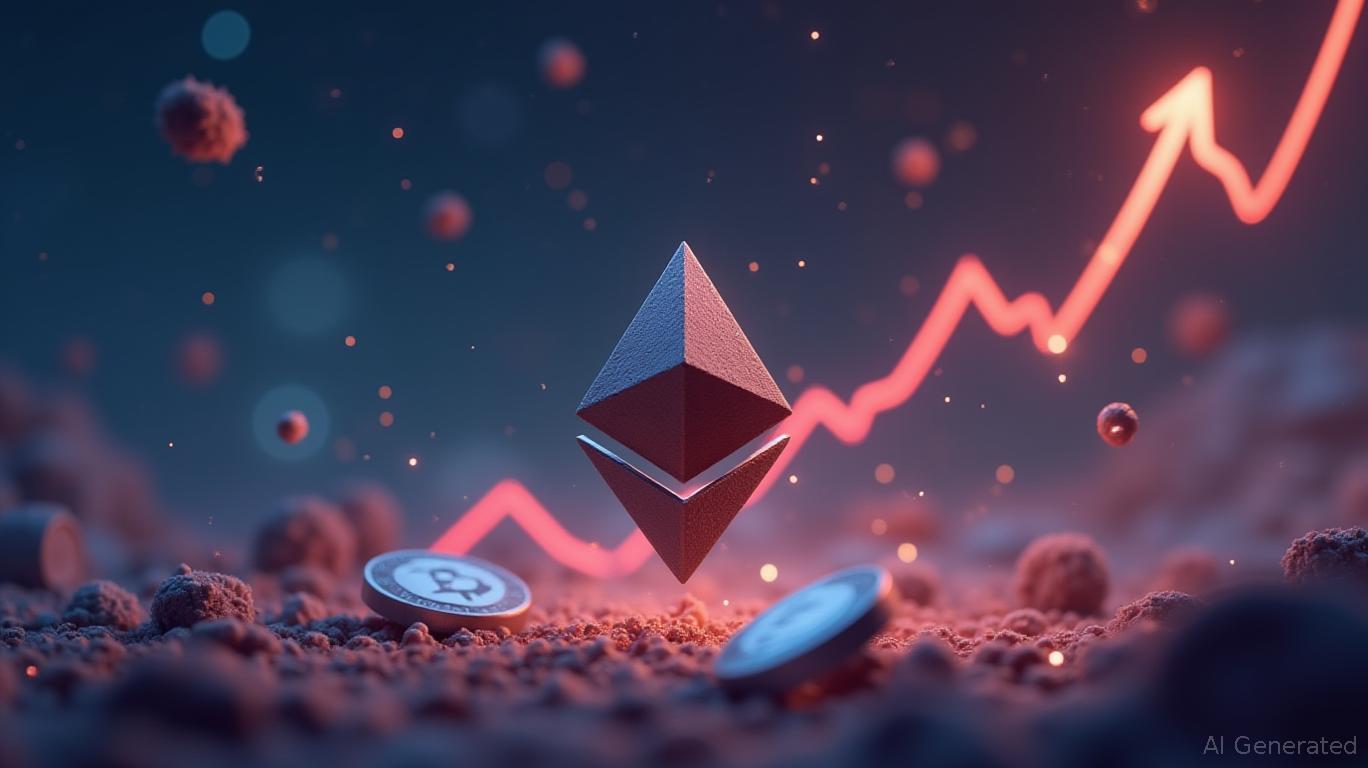Polygon NFT Surpasses Ethereum With 20% Weekly Revenue Gain
Polygon NFT has emerged as a significant player in the digital collectibles market, surpassing Ethereum-based tokens in weekly revenue. This shift is driven by the growing trend of tokenizing real-world assets (RWAs), with Polygon registering $22.3 million in token sales during the past seven days, a 20% increase from the prior week. This figure represents 24% of the total global NFT sales volume, while Ethereum followed with $19.2 million in sales.
The momentum behind Polygon's success is largely attributed to Courtyard, a marketplace focused on real-world assets. Courtyard has captured the attention of both crypto enthusiasts and traditional collectors by tokenizing physical collectibles. This approach has transformed the value proposition for NFTs, as the platform contributed to $20.7 million in sales, helping Polygon lead the charts and redefine the utility of blockchain assets.
The Courtyard collection has proven to be a game-changer, significantly boosting the Polygon NFT ecosystem. By offering digital collectibles backed by tangible assets, Courtyard provides a hybrid solution that attracts both traditional collectors and digital asset enthusiasts. This model ensures asset security while enhancing liquidity for easier trading, bridging the gap between physical ownership and digital representation. The strategy has been highly effective, as shown by an 81% surge in Polygon NFT buyers last week.
The recent surge in demand for Polygon NFT projects reflects broader dynamics influencing the sector. While Ethereum has long enjoyed dominance due to its early adoption, it is now struggling with high gas fees and congestion. Polygon, on the other hand, offers lower transaction costs and faster speed, emerging as a compelling choice for users and developers. This has allowed niche platforms focused on real-world utility to thrive on Polygon, as overall NFT sales dipped recently, Polygon’s notable rise stands out significantly. This performance pressures legacy platforms within the NFT market to innovate or risk losing relevance.
Beyond sales metrics, Polygon’s success signals the broader real-world asset tokenization trend. Tokenized RWAs reached $21.2 billion globally in the first quarter of 2025, with over 97,000 asset holders worldwide in this growing segment. These numbers illustrate that RWAs are becoming foundational for blockchain adoption. Unlike stablecoins, RWAs introduce a new asset class onto the blockchain, positioning Polygon well to attract future projects that combine physical and digital asset classes. The Courtyard example could serve as a blueprint for the art, property, and collectibles industries exploring blockchain.
Polygon’s climb with the Polygon NFT category marks a turning point for the industry. It affects platform rankings and the narrative surrounding digital collectibles. The NFT market, once dominated by speculative art and profile pictures, has evolved significantly, becoming a more utility-driven, inclusive market. By enabling RWA support and improving accessibility, Polygon helps reshape what NFTs can represent. Looking ahead, the key question is whether Polygon can maintain its lead. Competitors like Ethereum and Bitcoin likely won’t remain static, so competition will intensify. However, if Polygon aligns with trends like RWAs and maintains innovation, its momentum could grant it long-term NFT leadership.



_442a2dcc1749832873286.jpeg)
_e68fac6d1749831664430.jpeg)






